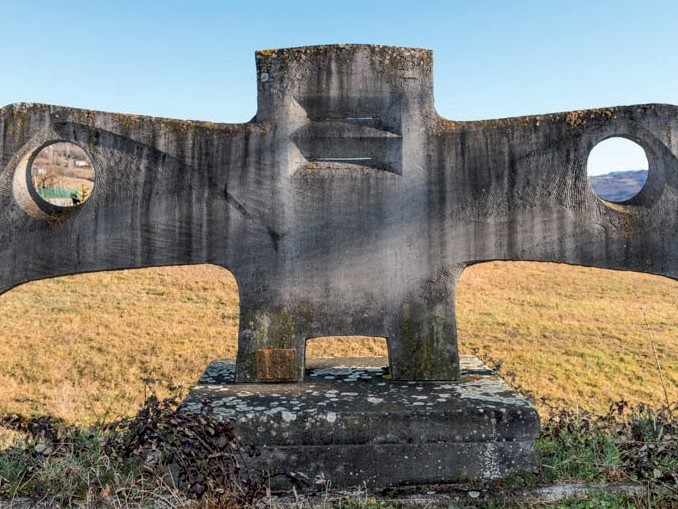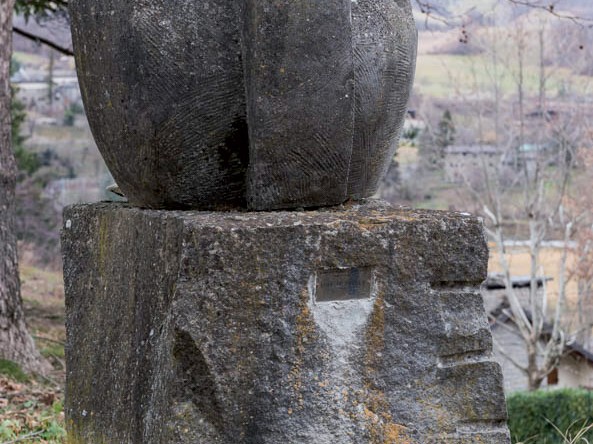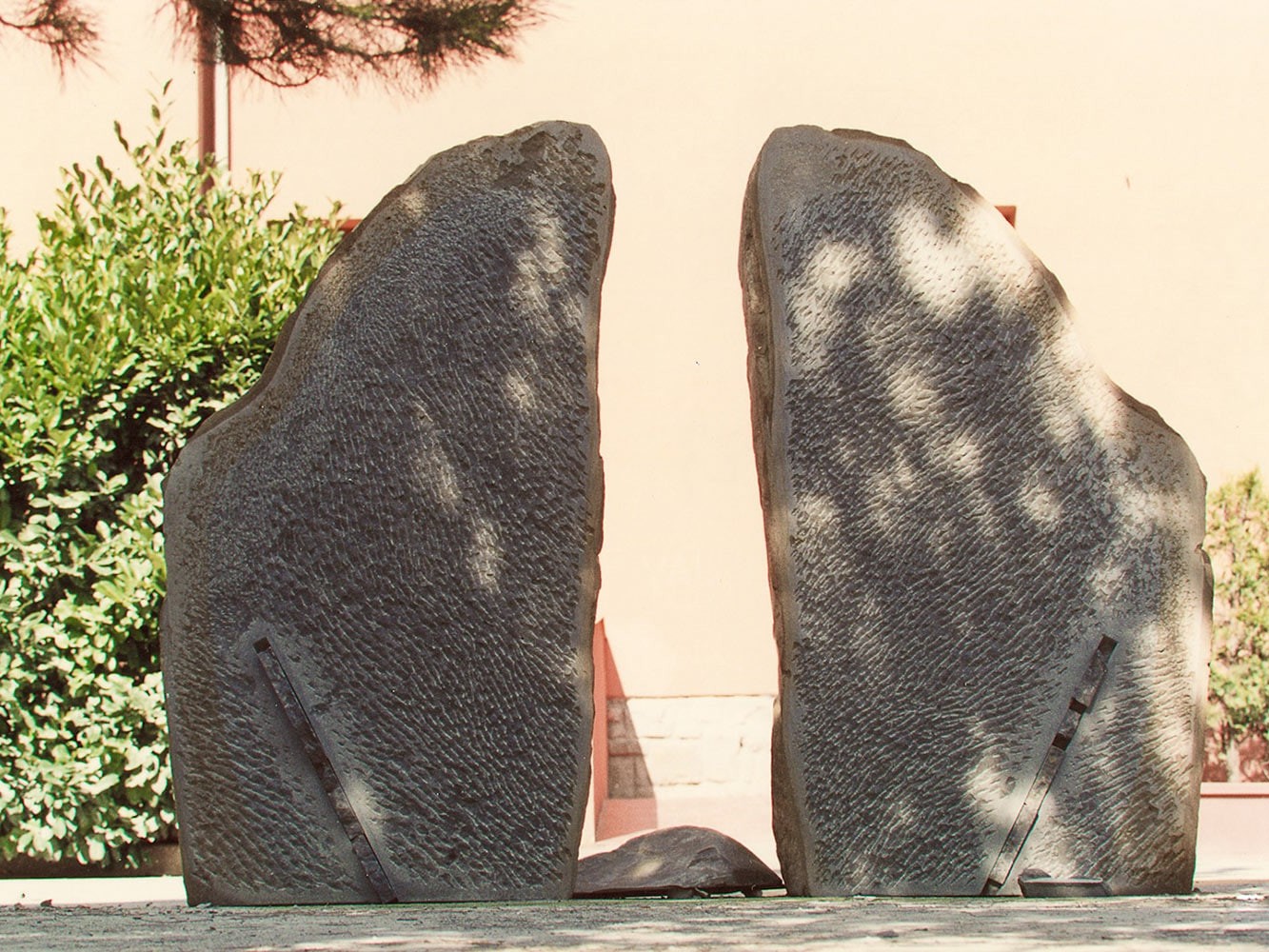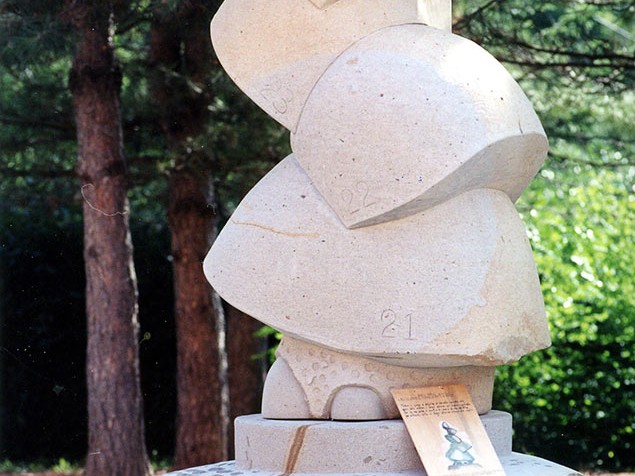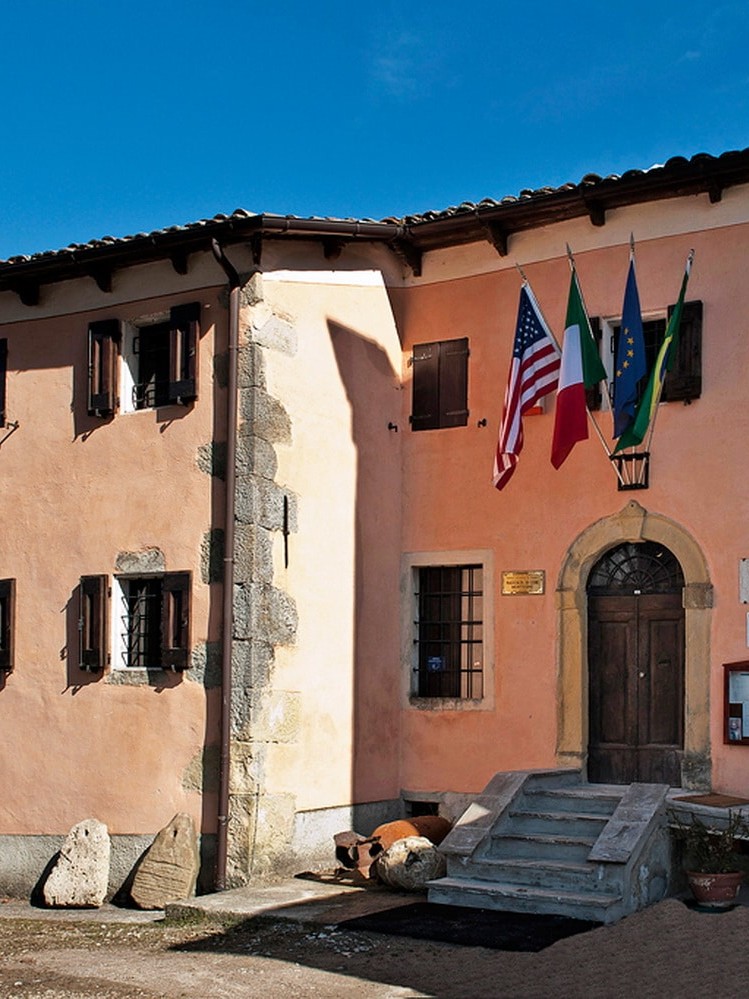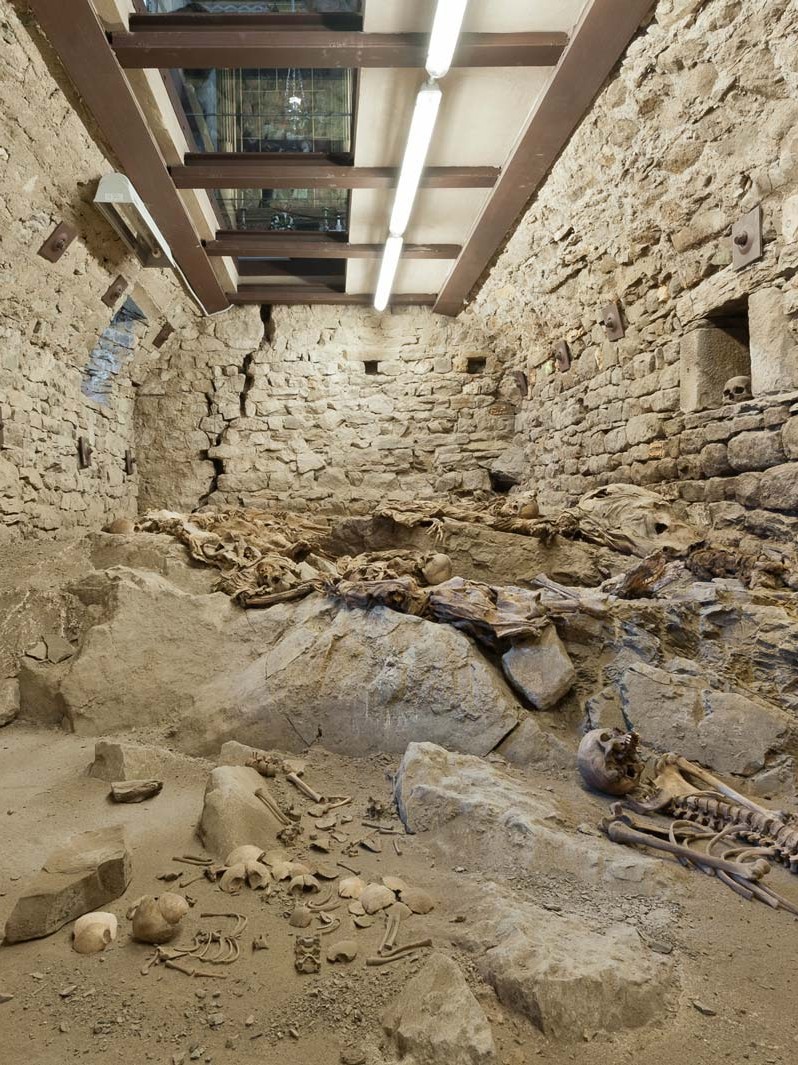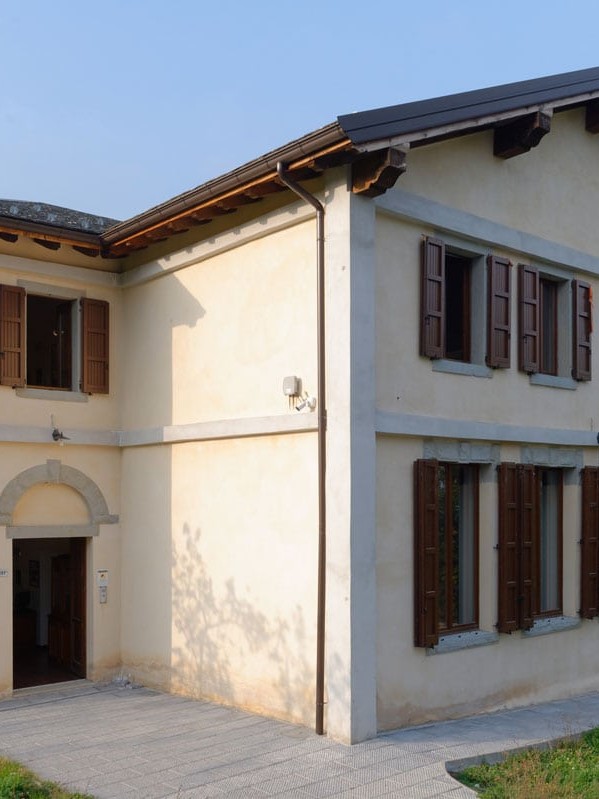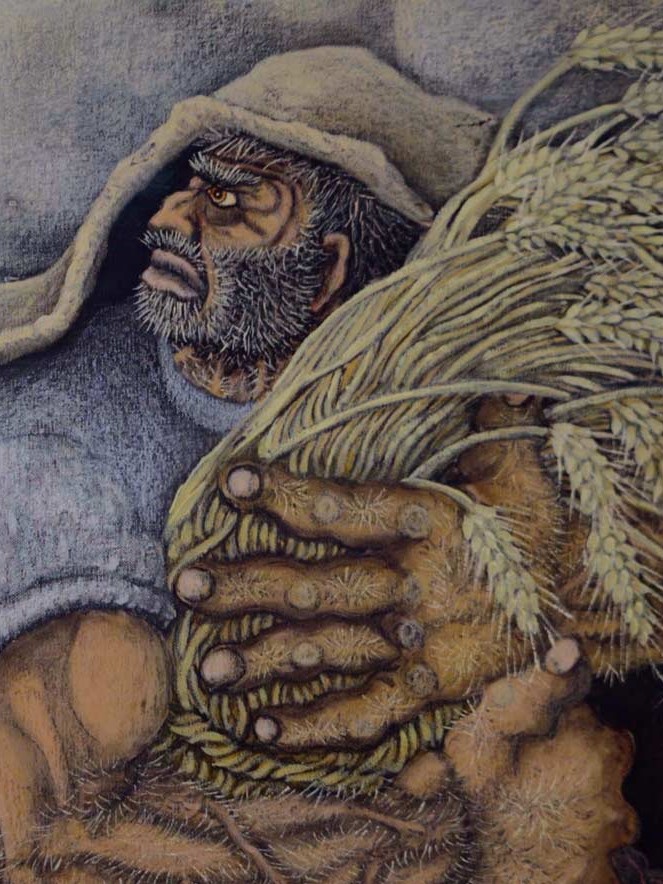An open-air museum along the streets of Fanano, nearby hamlets and other locations of interest.
The diffused museum consists of a public collection of contemporary art belonging to Fanano local council, amassed over the years during the Stone Sculpture Symposium. It now boasts no fewer than 234 artworks produced in Fanano between 1983 and the present day, by artists from all over the world. These artworks can now be seen dotted around the historic centre of Fanano, and in the nearby hamlets and neighbouring areas.
With the continuation of the biennial International Stone Sculpture Symposium, the already sizeable artistic patrimony on display is destined to increase year by year.
The tradition of stoneworking in Fanano has very distant roots.
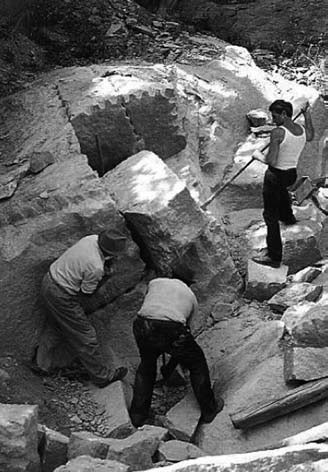
photo by Carlo Federico Teodoro
The art of stonemasons, known here as “picchiarini”, has very ancient origins in the Fanano area. The first worked stones dated with any certainty go back to Roman times, and from these origins evolved the custom of the “Marcolfa”, a stone-carved mask which would have been laid in place when a new house or stable was built, or placed on doors or lintels to ward off evil spirits.
During the Middle Ages, the skilled art of stonemasonry became widespread: Romanesque art would feature elaborate carvings on capitals and pillars depicting biblical, historical and mythological scenes: some of the most important examples of Romanesque stonework are linked to the decoration of Modena Cathedral and the sculptor Wiligelmo, who worked there with his pupils between about 1099 and 1120, creating the sculptures and reliefs on its façade.
From the website www.simposiodifanano.eu
All the artworks are on display outdoors and can be seen free of charge at any time.
Guided tours can be organised for groups of at least 20 people.



